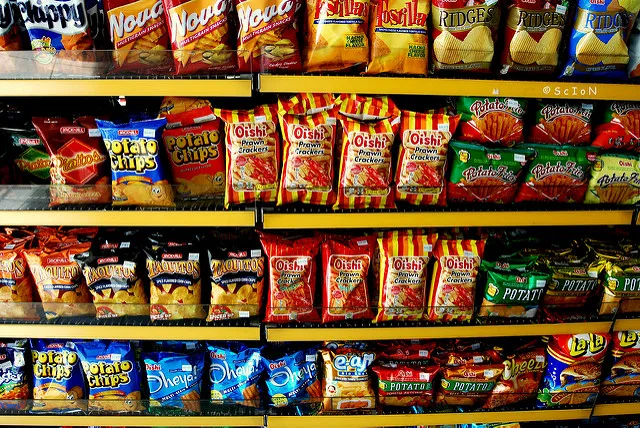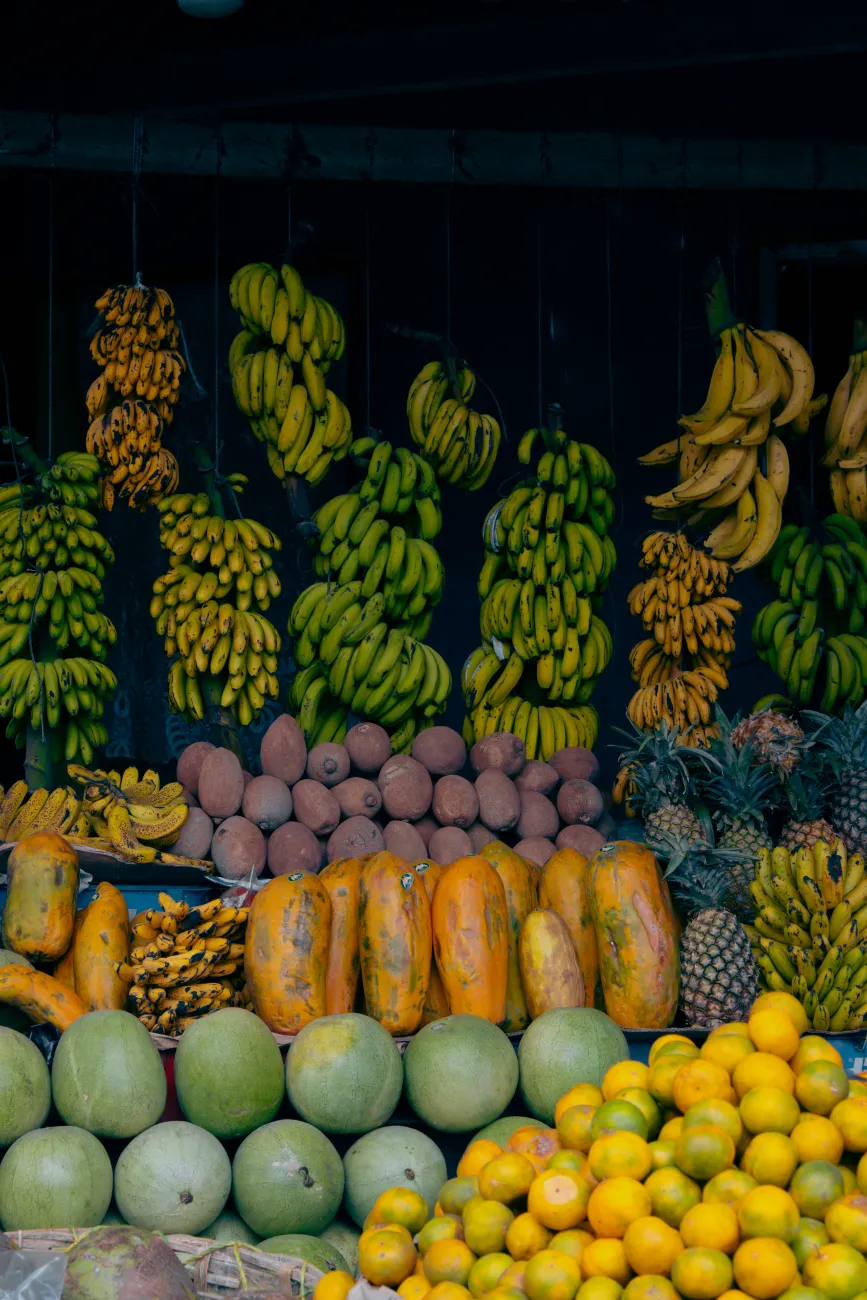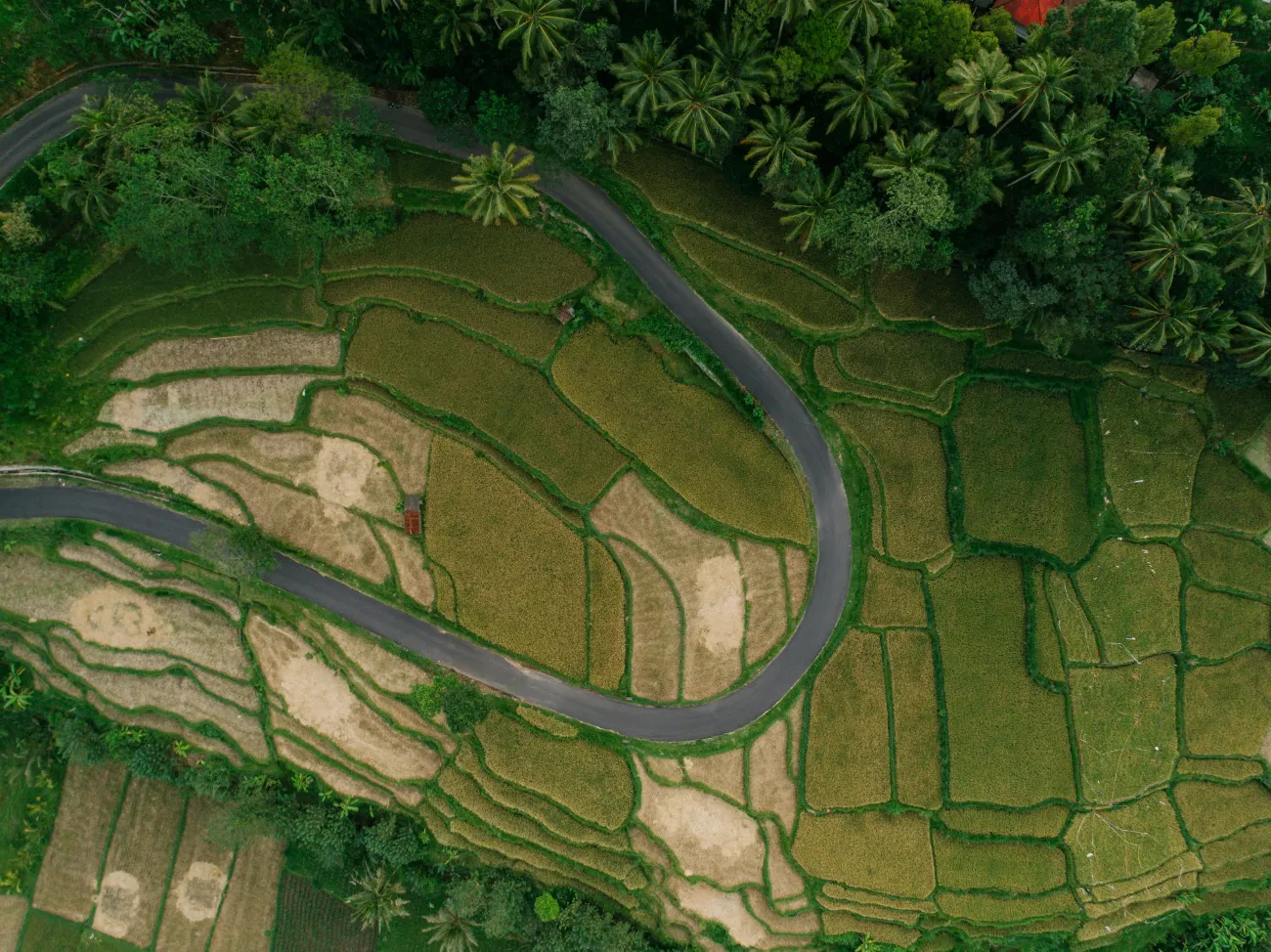A key ingredient in junk food is vegetable oil. 60% of this oil is from oil palm and soybean, production of which has been expanding in Southeast Asia and South America, resulting in widespread deforestation and biodiversity loss. In this article, the authors calculate the amount of current deforestation due to vegetable oil consumption (through junk food) and extrapolate vegetable oil demand to predict the deforestation future consumption patterns would cause by 2050.

Trends of increasing animal product consumption and processed foods, driven by a multitude of factors, are increasing fastest in low and middle income countries (LMICs). “Junk food” refers to processed foods that a low in essential nutrients and high in salts, refined carbohydrates and fats. Market data on junk food consumption show more rapid growth in snacks, soft drinks and processed food consumption in LMICs compared to high income countries (HICs).
The authors used market data on junk food sales of different junk food categories such as cakes, crisps and chocolate, and obtained information on the amount of oil used in the production of each. Between 2001 and 2014 global vegetable oil used in junk food production increased from 6.5 to 9.1 million metric tons. They then derived the mean contribution of palm oil and soybean to this vegetable oil total between 2000 and 2015 based on USDA-FAS statistics: 29.9% and 33.7% respectively. They therefore conclude that global demand for vegetable oil for junk food production has resulted in an expansion of oil palm plantations by ~163,500 to 413,000 ha and soybean plantations by ~1.6 to 3.0 million ha.
The authors estimated the vegetable oil requirements in junk foods for 2050, assuming per capita consumption of vegetable oil in junk foods increases by 0.001 kg year−1 for HICs and 0.029 kg year−1 for LMICs; this gives an estimate of 17.1 million metric tonnes. This increase in requirement equates to converting an addition 0.5 to 1.5 million ha for oil palm plantations and 5 to 9.3 million ha of land for soybean plantations by 2050. This roughly equates to an increase in oil palm plantation size of 1.9 - 5.6% compared to today, and 4.2-7.9% increase in soybean plantation size.
Reference
Lee, J.S.H., Koh, L.P. & Wilcove, D. 2016. Junking tropical forests for junk foods? Frontiers in Ecology and the Environment. doi:10.1002/fee.1300




Comments (0)